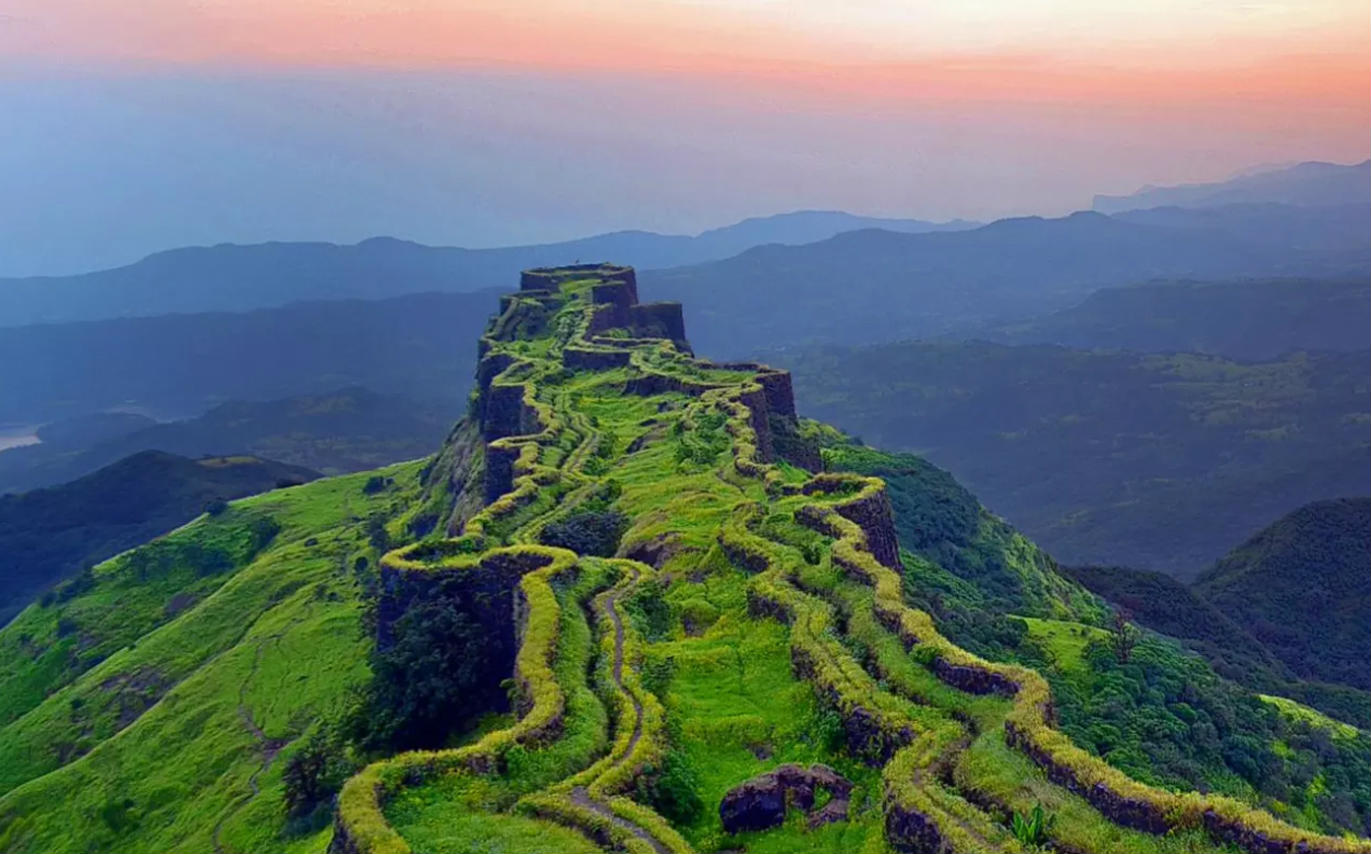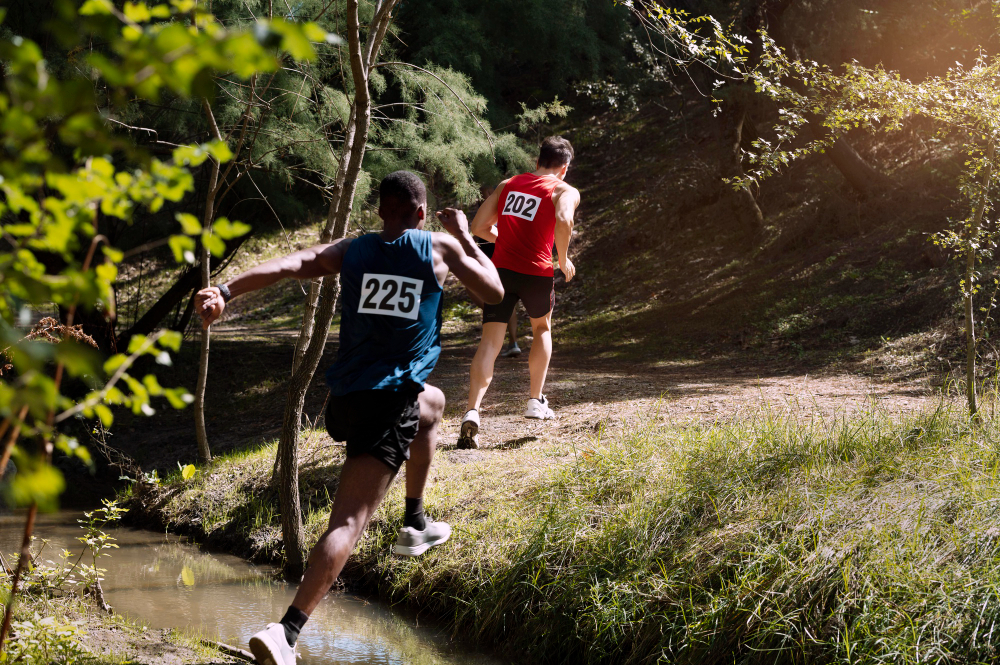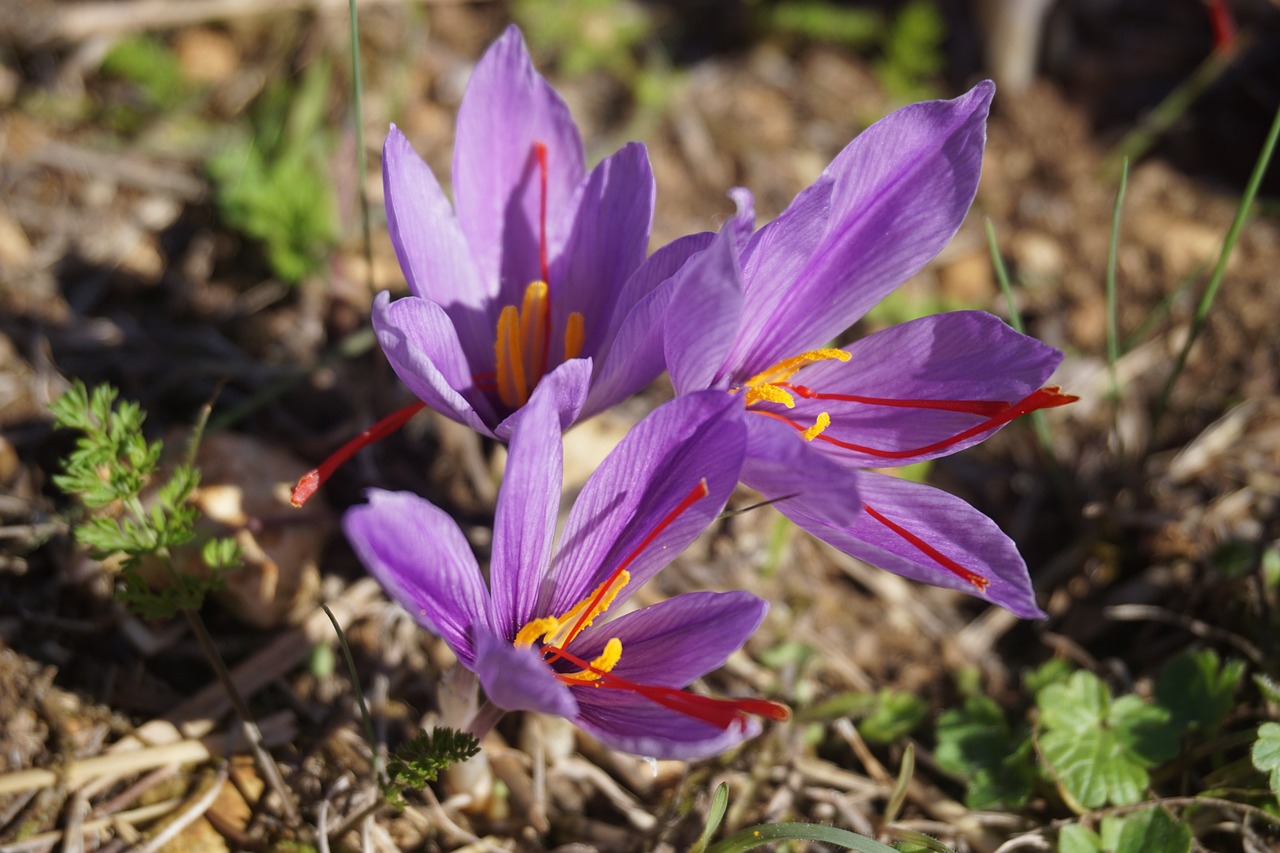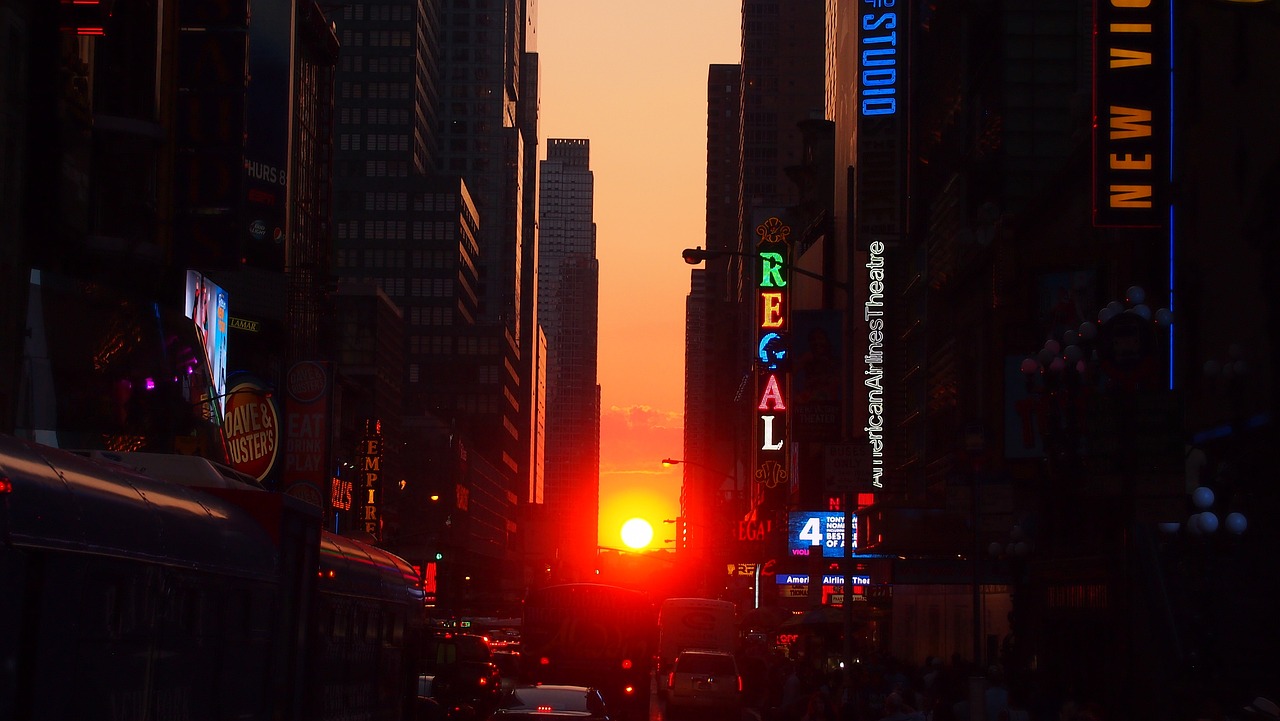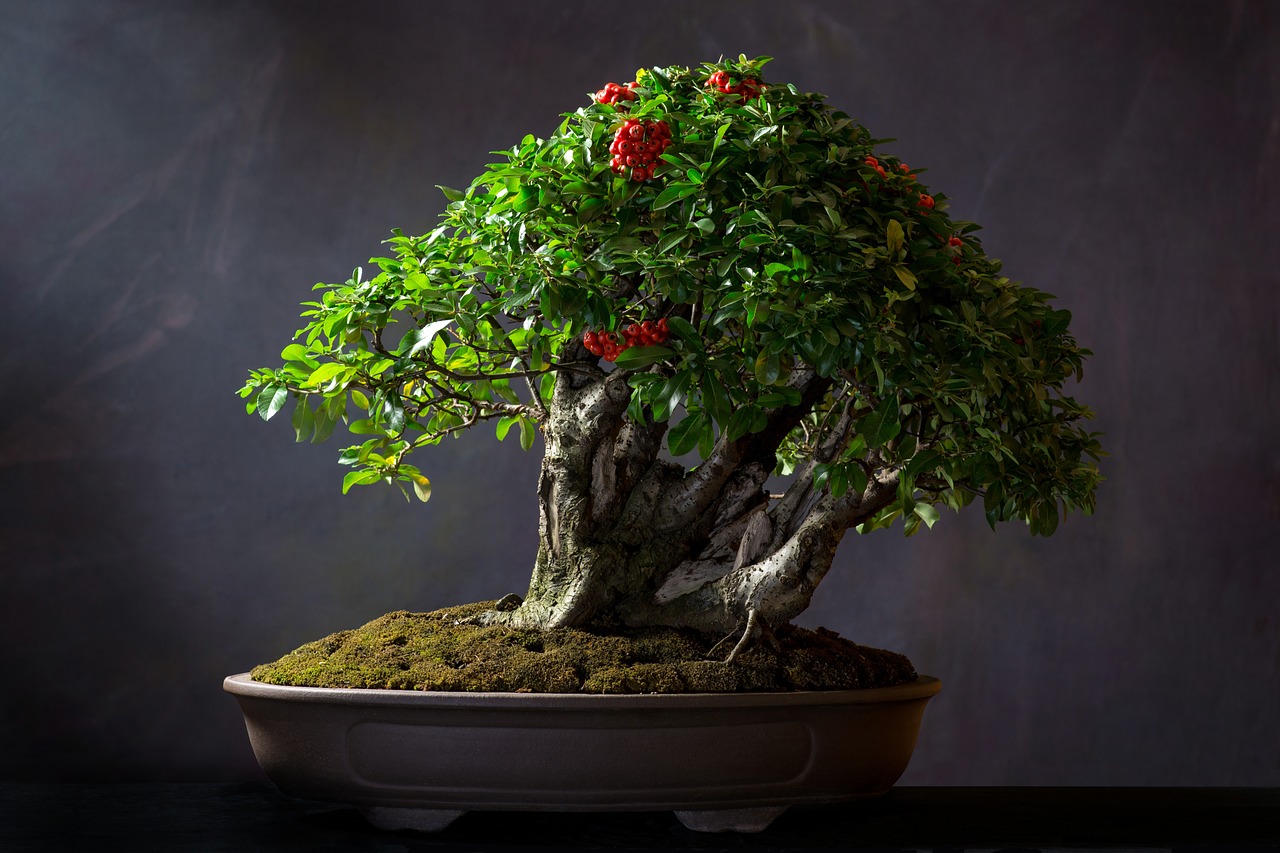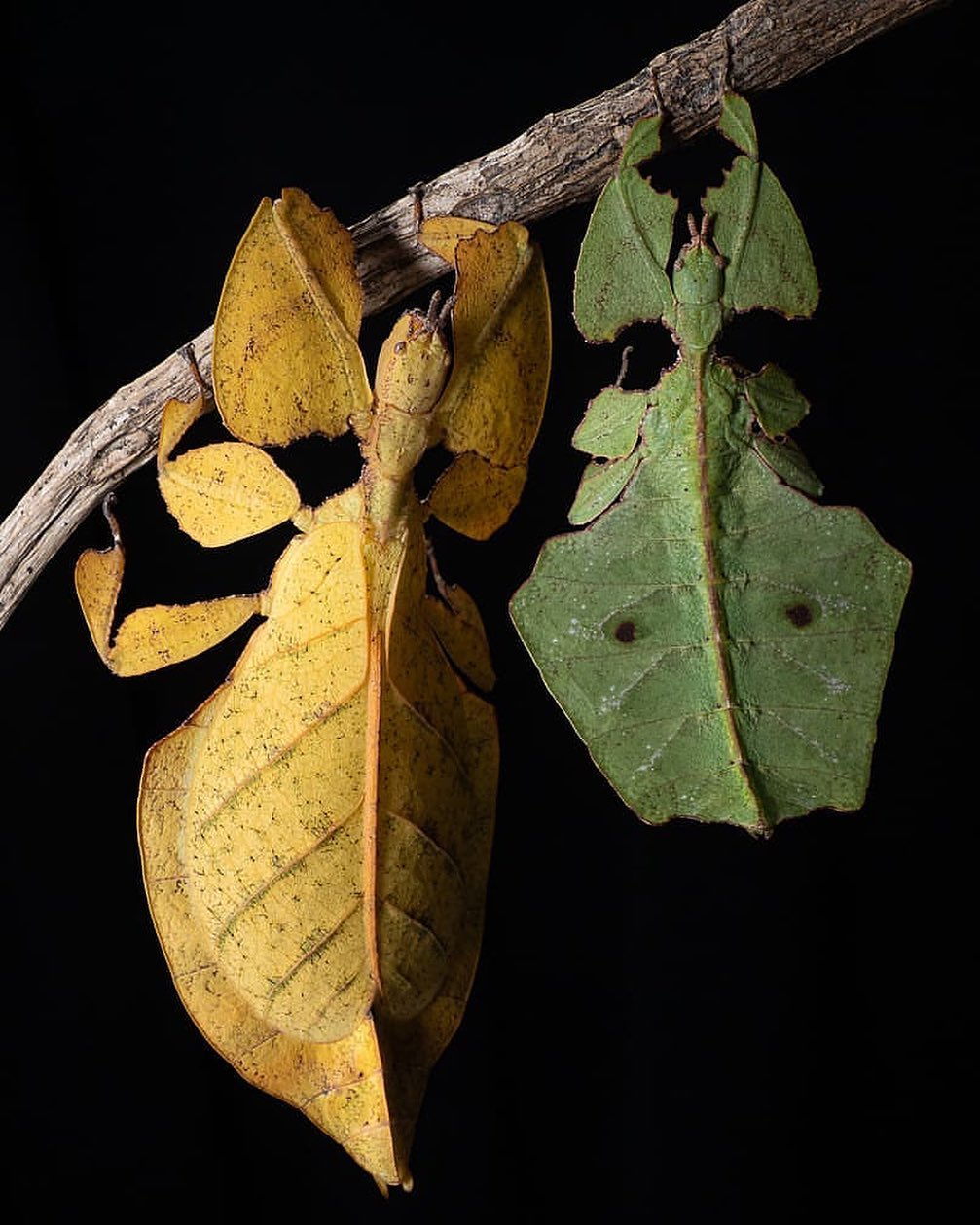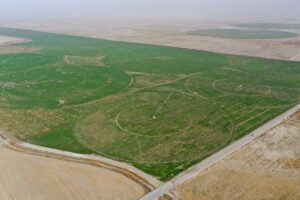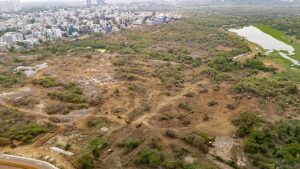 Pin
Pin The Sahyadri range – UNESCO World Heritage Sites In India / Image by Veerendra Tikhe from Pixabay
When people plan monsoon travel in India, they usually think of hill stations or coastal getaways. What often goes unnoticed is how breathtaking some of the UNESCO World Heritage Sites in India become when soaked in rain and mist. The colors get deeper, the crowds get thinner, and there’s this earthy scent that lingers everywhere—something you miss during peak tourist months. These monuments and natural wonders reveal a side of themselves that’s less talked about but completely unforgettable.
It’s not just about avoiding the heat or catching a good deal on accommodations. Monsoon travel adds a unique charm to heritage exploration—lush greenery wrapping around ancient stones, reflections in rainwater pools, and the rhythmic sound of droplets on centuries-old architecture. These places start to feel alive in a different way. This article is a deep dive into five such sites that become extra magical once the rains begin. They offer a rare kind of solitude, perfect for wanderers who like raw, real experiences over polished tours.
Table of Contents
1. Cherrapunji’s Neighbor – The Living Root Bridges of Meghalaya
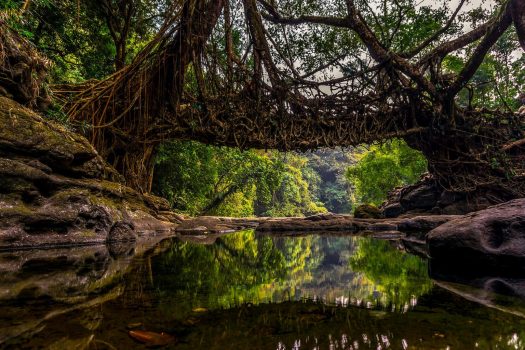 Pin
Pin Photo source: meghalayatourism
While not as widely known as the Taj Mahal, the Living Root Bridges in Meghalaya—specifically near Cherrapunji and Mawlynnong—are among the most fascinating UNESCO World Heritage Sites in India under consideration (on the tentative list). During monsoon, these bridges are surrounded by thick, dripping foliage, gurgling streams, and low-hanging clouds that make the area feel like a lush, enchanted forest from a lost world. The roots themselves become slick and glisten with moisture, adding to the natural wonder and slightly raising the adventure factor.
Trekking to these bridges in monsoon isn’t exactly a walk in the park, but that’s what makes it worth it. The air is cool and saturated with petrichor. Waterfalls—some of which are seasonal and only appear during this time—crash nearby, echoing through the valleys. This is a place where human ingenuity meets nature in its rawest form. If you’re someone who gets a thrill out of natural architecture and jungle mystery, this one checks all the boxes.
2. The Monsoon Drama of Western Ghats – Churches of Goa
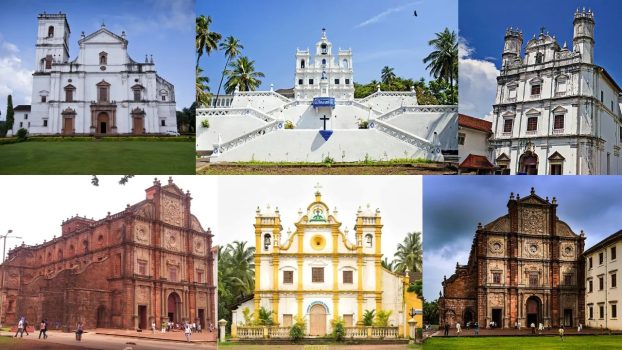 Pin
Pin Photo source: localsamosa
The monsoon transforms Goa into something far beyond just beaches and nightlife. In Old Goa, the UNESCO World Heritage Sites in India include the churches and convents built during Portuguese rule. These whitewashed structures, especially the Basilica of Bom Jesus and Se Cathedral, look incredibly dramatic under grey skies. Rainwater rolls off tiled rooftops while thunder rumbles in the distance, and the surrounding coconut palms sway in the wet wind—there’s a haunting beauty to it.
Inside, the scent of old wood and incense seems stronger in the moisture-heavy air. The moss-lined walls outside and puddled stone pathways create an atmosphere that feels almost cinematic. Fewer tourists brave Goa during the monsoon, making it ideal if you like slow, unhurried exploration. These churches aren’t just architectural marvels—they carry stories of conversion, resistance, and cultural fusion. The monsoon almost acts like a mood filter here, intensifying the experience and giving the monuments an even deeper sense of time and memory.
3. Mist and Majesty – Monsoon at Western Ghats’ Hill Forts
 Pin
Pin The Sahyadri range – UNESCO World Heritage Sites In India / Image by Veerendra Tikhe from Pixabay
The Sahyadri range (part of the Western Ghats) houses some of the most iconic UNESCO World Heritage Sites in India, especially when it comes to hill forts like the ones in Maharashtra—Rajmachi, Lohagad, and Raigad being top contenders. When the monsoon kicks in, these rugged stone forts get wrapped in rolling mist and drenched in rain, giving them a ghostly but majestic vibe. Every step you take up those mossy stairs feels like you’re walking into an old legend.
Green creepers cling to stone walls, and waterfalls start pouring off the cliff faces out of nowhere. The usually dry surroundings burst into life, with wildflowers, frogs, and monsoon birds showing up in full force. The clouds constantly drift in and out, making the views dramatic and ever-changing. If you’re into photography, hiking, or just standing in the middle of nowhere feeling completely alive, monsoon is the time. It’s like the forts themselves wake up from their dry-season slumber to tell their stories with more soul.
4. Khajuraho’s Temples – Ancient Eroticism in the Rain
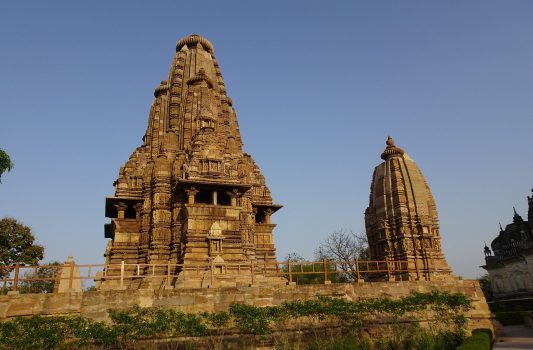 Pin
Pin Image by Bishnu Sarangi from Pixabay
Khajuraho, with its world-famous temples, holds a unique place among the UNESCO World Heritage Sites in India. These temples, known for their intricate erotic carvings and spiritual symbolism, take on an even more mysterious and sensual character during the monsoon. The rain brings out the natural reddish-golden hue of the sandstone, and every sculpture seems sharper, cleaner, and more alive under the wet sheen.
The surrounding gardens burst with flowers and fresh greenery, adding a touch of serenity that contrasts the boldness of the temple art. Walking around here during the rains gives a kind of surreal vibe—ancient gods and celestial dancers carved in stone all around, clouds rumbling above, and cool wind laced with rain brushing past your skin. It’s poetic. This isn’t just a monument; it’s like an ancient open-air theater caught in a rain-drenched dream. Visiting Khajuraho in the monsoon gives a completely different reading of its spiritual and artistic legacy—something that sticks in your memory much longer than a dry-season trip ever could.
5. Rain-Drenched Ruins of Hampi – Karnataka’s Stone Symphony
 Pin
Pin Photo source: Holidify
Hampi, one of the most iconic UNESCO World Heritage Sites in India, wears monsoon like a crown. The moment the first rains hit this ancient city of ruins, the brown boulders turn darker, the Tungabhadra River swells with life, and the banana plantations around start glowing a richer green. Hampi isn’t just a site—it’s an open-air museum of empires, gods, and dreamlike architecture. And rain enhances its mystery tenfold.
The stone chariots, pillared mandapas, and elephant stables take on a cinematic beauty. Mist rises off the wet rocks in the early mornings, and you’ll often find langurs playing in the drizzle near the temples. Walking barefoot across wet temple floors feels grounding in a way that’s hard to put into words. The monsoon turns this already surreal landscape into something out of a fantasy book—like a forgotten civilization gently reawakening under the rain. If you’re the kind who chases real-world magic, Hampi in the rains is as close as it gets to stepping into a living epic.
FAQs
Some of the most atmospheric sites during the monsoon include the Western Ghats hill forts in Maharashtra, the temples of Khajuraho, the churches of Old Goa, the ruins of Hampi, and the Living Root Bridges in Meghalaya. Each offers a distinct monsoon vibe—from misty mountains to rain-washed temples.
Yes, but it depends on the location. Fort treks like Rajmachi or Lohagad can get slippery, so proper gear is a must. Sites like Khajuraho and Goa are very accessible even during heavy rains. Always check weather updates and plan transportation ahead, especially in remote regions.
Definitely. Most tourists avoid travel during this season, which means you get to explore iconic landmarks in peace. It’s a great time for photographers, solo travelers, and people who want a more personal experience without the crowds.
Bring waterproof shoes, a rain jacket or poncho, extra socks, and a dry bag for electronics. If you’re trekking to forts or root bridges, pack a basic first-aid kit and mosquito repellent too. Also, carry a reusable water bottle—hydration still matters, even in the rain.
Most remain open year-round, but some treks like those in the Western Ghats may be temporarily restricted if conditions get dangerous. It’s best to check with local tourism offices or the ASI (Archaeological Survey of India) website for updates before you go.


